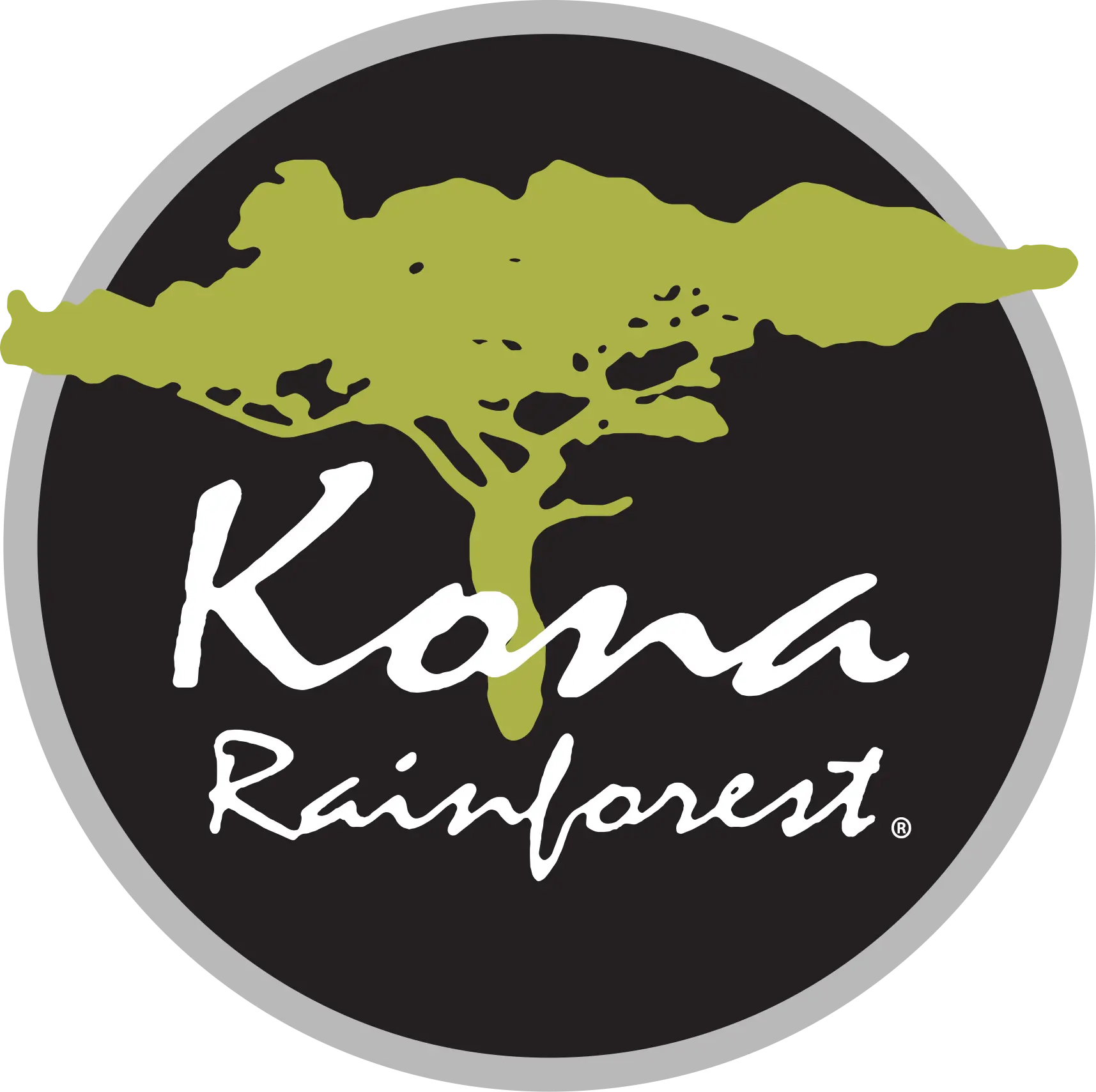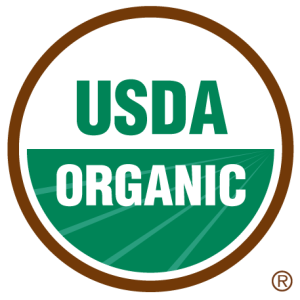Many centuries ago, the Spanish came to the New World searching for precious gold and increased territory. What they brought with them, and took away, we will leave to others to debate. So, what do explorers from Spain and the Kona Rainforest coffee in your cup have in common? The answer lies beneath your feet. It goes by many names – soil, biomass, black gold, terra preta, bio-char or just plain dirt. The quest for gold by the Spanish Conquistadors in the 15th century had some amazing success, but the real treasure they unwittingly tread upon in their exploration of the Amazon jungle was not revealed until recently. This treasure is not particularly attractive and cannot be molded into jewelry or Spanish Doubloons, but it may be far more relevant to the future of humankind than the seekers of treasure in times past could ever realize.
The Spanish explorers found evidence of ancient civilizations located on and near the Amazon River who built their agricultural societies around the rich ground they found naturally near the waterway. These native societies learned to cultivate and enhance the soil to the point of plentiful and regular harvests that were much needed to feed their growing populations. These inhabitants developed a process whereby burned vegetation is transformed into stored carbon, and when the subsequent charcoal biomass is incorporated into good or even poor soil – it makes it better. So much better that even today this deep and rejuvenating bio soil still remains and is coveted and purchased by farmers in the Amazon region. Little did the peoples of old realize how their plain but natural methods would benefit us today.
In our modern world the word “carbon” is seen daily in news articles and publications of all sorts. This simple element is vilified as the prime cause of global warming, but carbon is also the common component of all known life. It is the second most abundant element in the human body, yet we seem to have too much of it, or at least carbon is sometimes found in perilous forms or in the wrong places. The carbon that comes together to form a beautiful diamond is one thing and coal is utilized in a myriad of practical ways, but diamond dust or coal dust in the lungs is quite another issue. Carbon dioxide in the atmosphere traps heat and is a major contributor to a warming planet. One form of carbon that is hugely beneficial and largely ignored is found in the soil. When captured in the soil it is out of the atmosphere and it also helps to produce your next meal or your morning coffee. It is often called “bio-char”.
The following may be a simple statement, but to argue against it would be rather futile – great civilizations are built on productive soil. The ability to grow and have convenient access to food for a significant population of people is required before the building of great structures, the creation of magnificent art or prior to any of the higher pursuits of mankind. To provide food, huge swaths of forest and jungle on various parts of the globe have been “slash-and-burned” over the centuries in an attempt to free up good soil to farming, but the day of reckoning has arrived. There is a major difference between the ash created by slash-and-burn techniques and the process to produce bio-char. Ash produced by the high fire temperatures of slash-and burn and the few associated nutrients that remain after the slash-and-burn method simply wash out of the soil in a short amount of time. This necessitates greater and greater consumption and burning of land, forested land needed to maintain the earth’s watersheds and oxygen producing vegetation and environments suitable for a huge variety of animals. The shrinking Amazon rainforest is estimated to produce twenty percent of the breathable oxygen in the global atmosphere. One in ten known animal species in the world lives in the Amazon rainforest. This constitutes the largest collection of living creatures in the world.
Charcoal as we will call it, when created in the bio-char method of burning waste vegetation, will hold moisture and nutrients (and carbon) in the soil for hundreds if not thousands of years. Bio-char is alive! Tens of thousands of species of bacteria and fungi have been found reproducing in the residue of this carefully heated, mixed and buried vegetation. Bio-char creation is similar to slash-and-burn but the critical differences are the regulation and reduction of burn temperatures and the point at which oxygen is removed from the procedure. We won’t get into a science lesson here, but you need to know the resulting biomass coming from traditional slash-and-burn verses bio-char production is significant.
As stewards of the family-owned Kona Rainforest Coffee Farm, we have learned well the lessons of the ancient Amazonians. We have incorporated locally produced bio-char into our precious volcanic soil with spectacular results. Although we have no longer have a local source of bio-char (shipping from the mainland is cost prohibitive) we are eager to find a new supplier. In keeping with our steadfast goal of producing the best tasting, the most natural and earth friendly coffee beans possible, we continue to pursue incorporating additional bio-char into our farm’s soil.
As always, we are sincerely grateful to the farm’s supporters and customers, and we congratulate you with your interest in assisting mother earth to maintain her human and creature friendly environment. We promise to keep up the good fight from our tiny piece of the planet.



